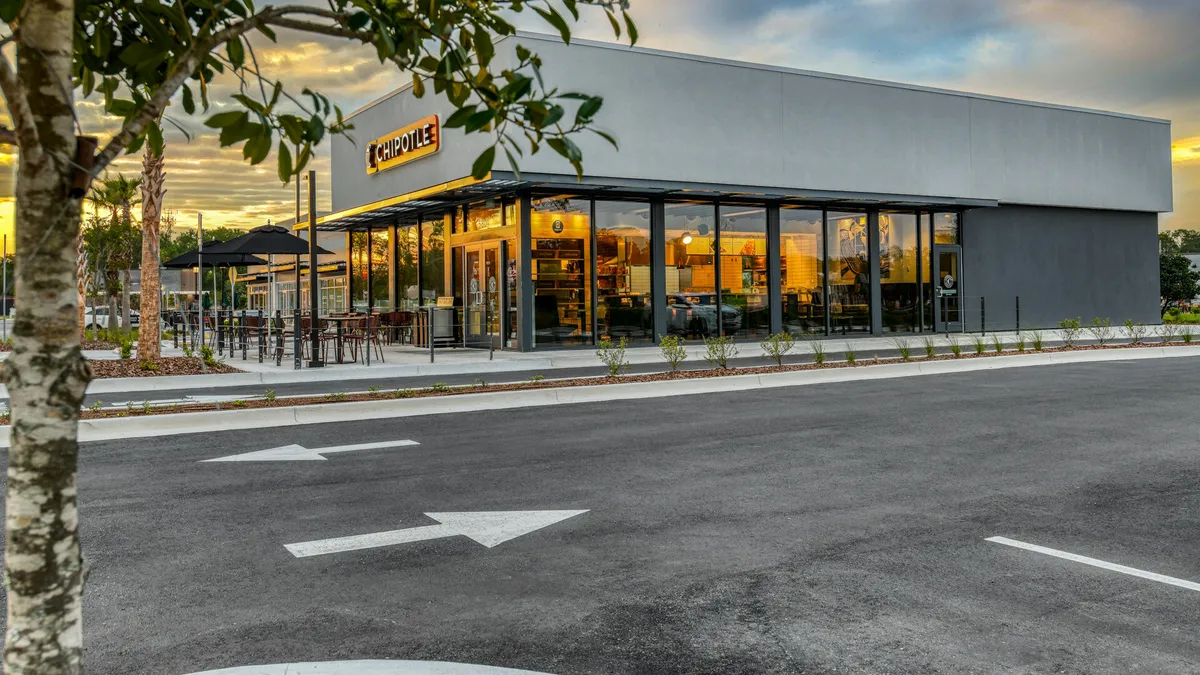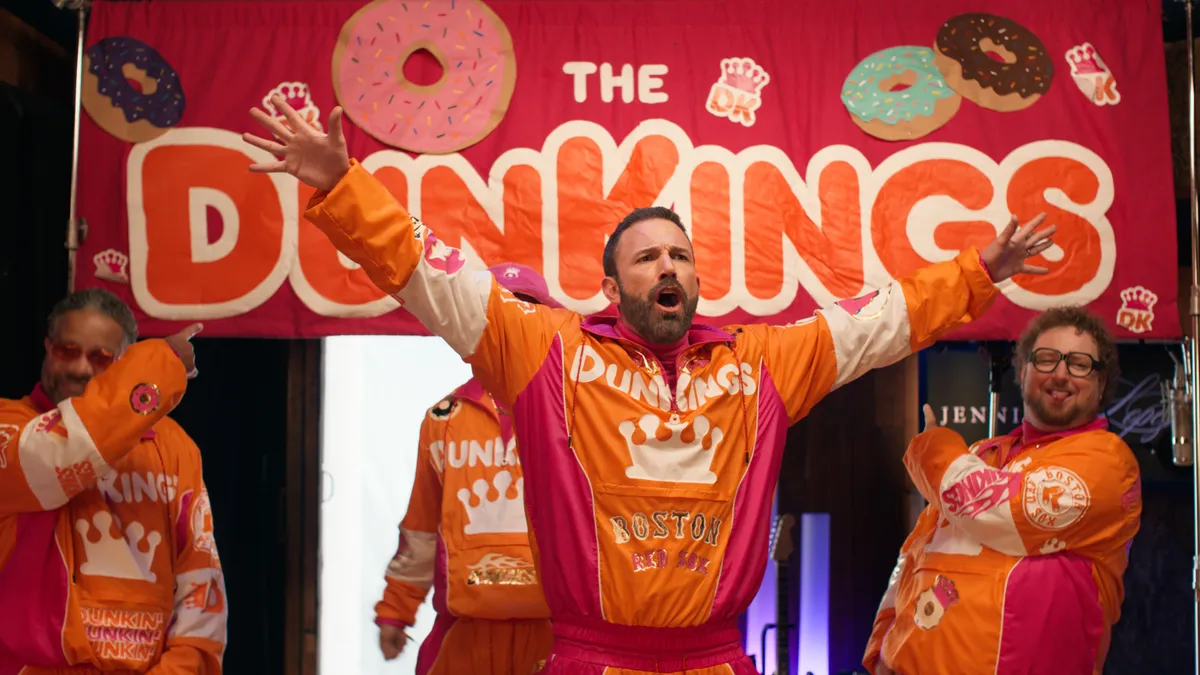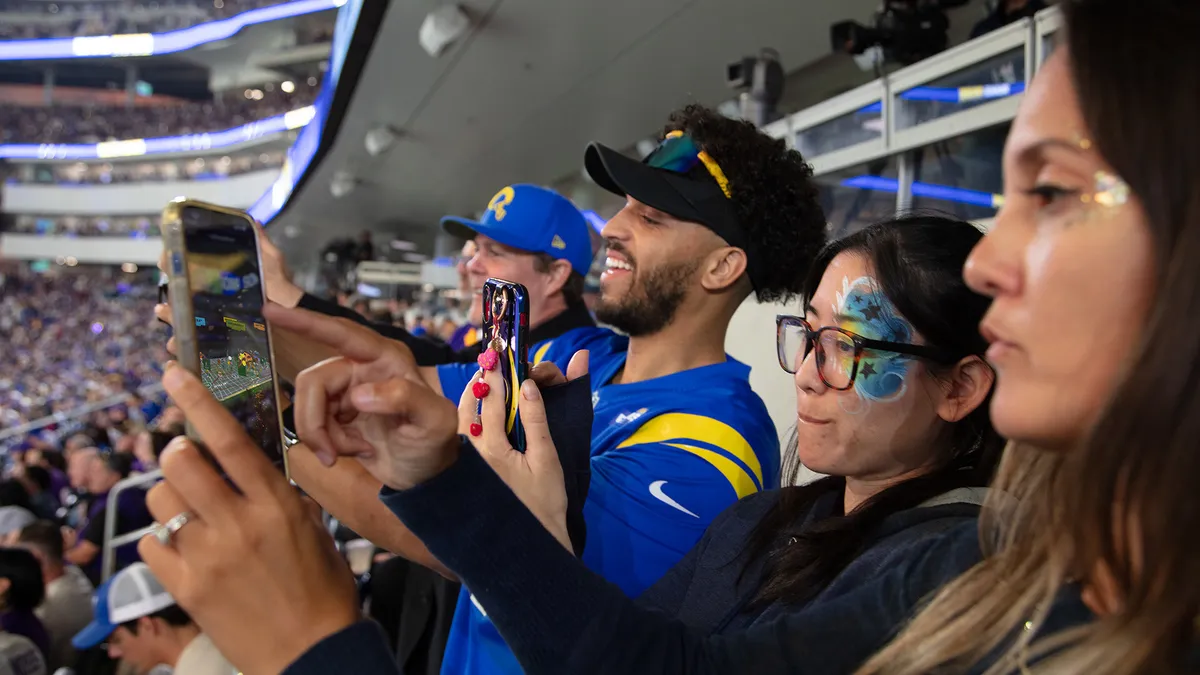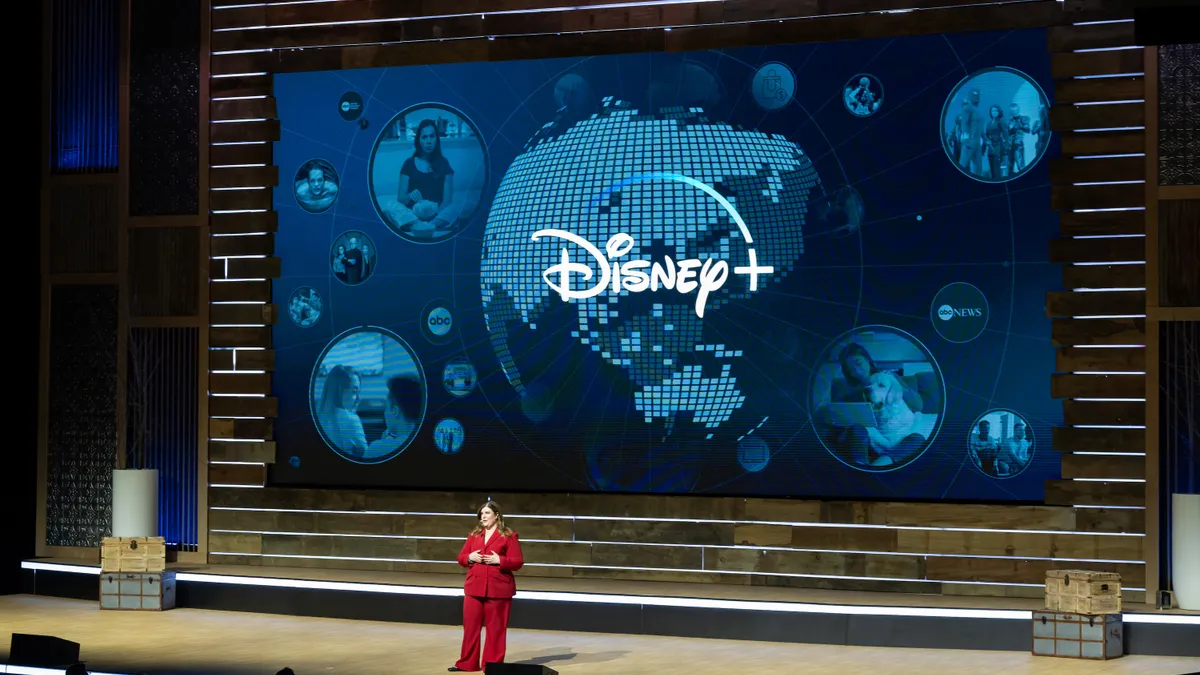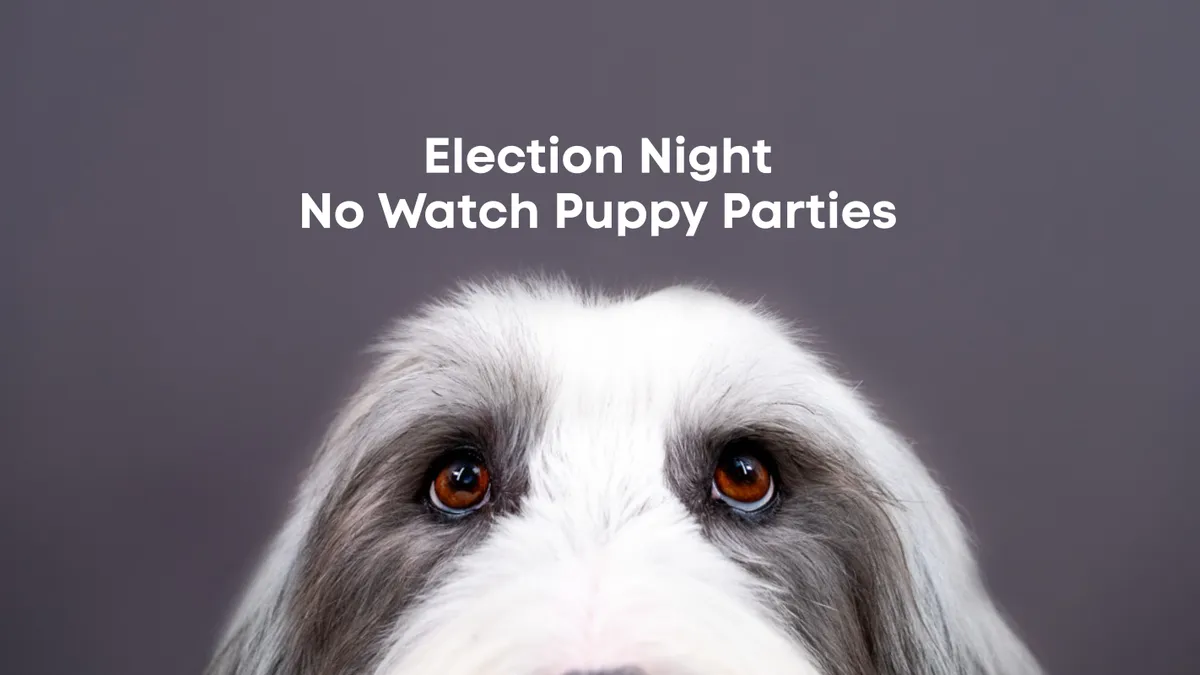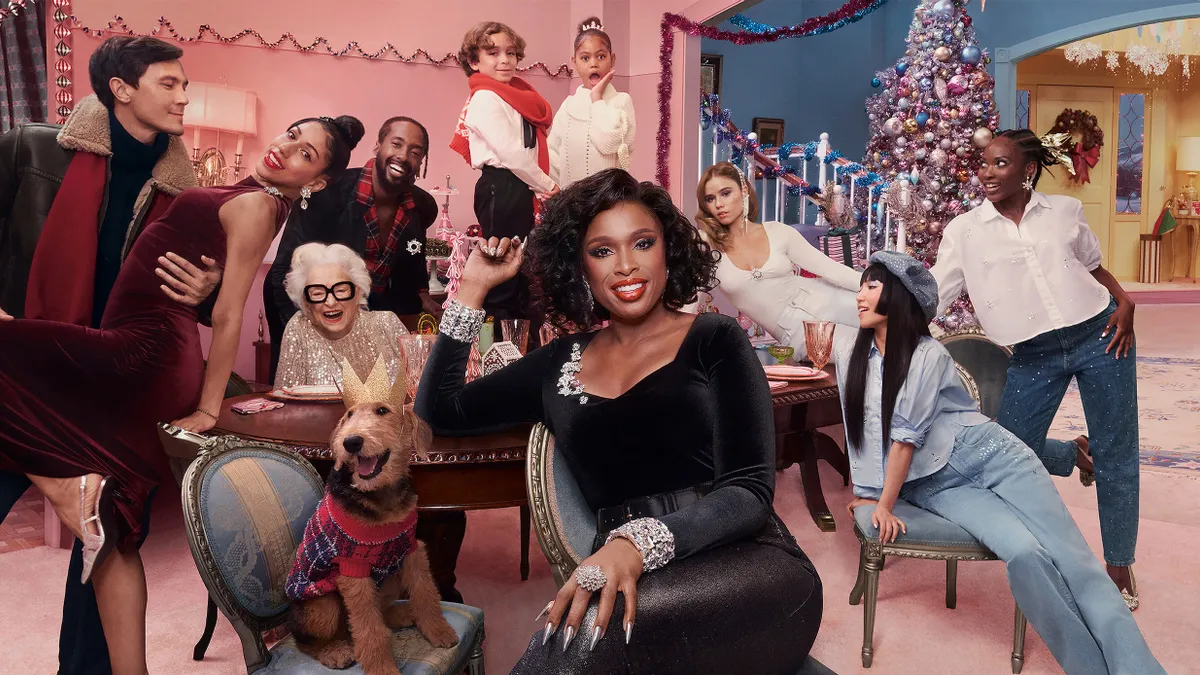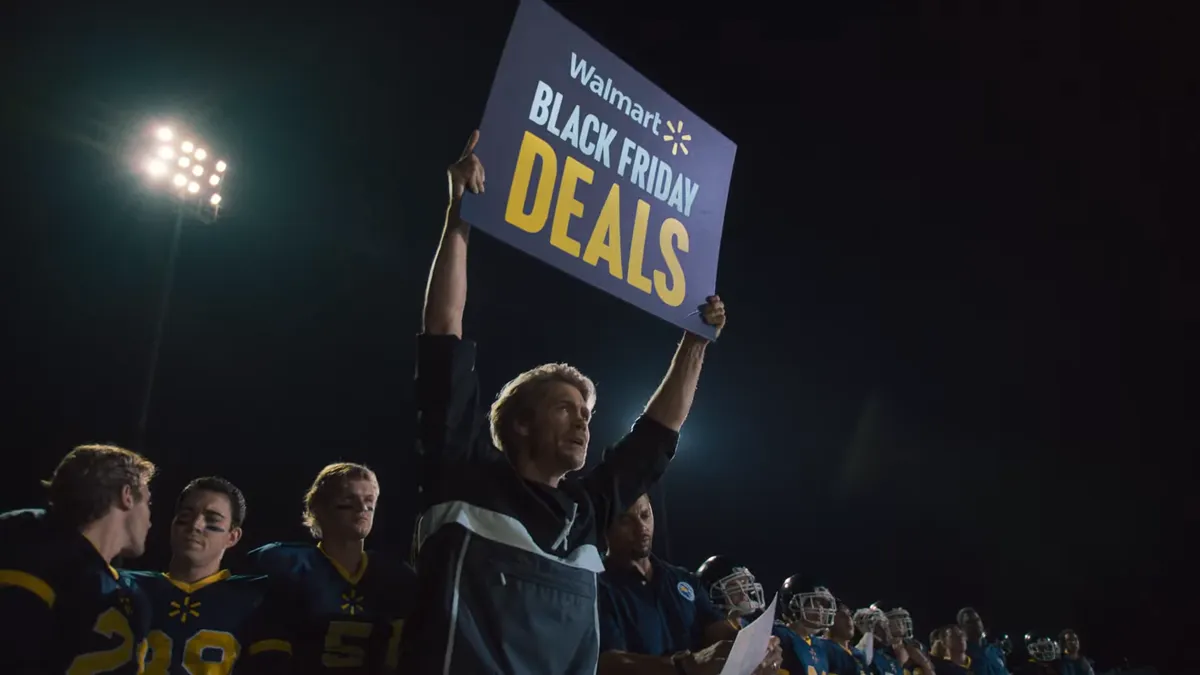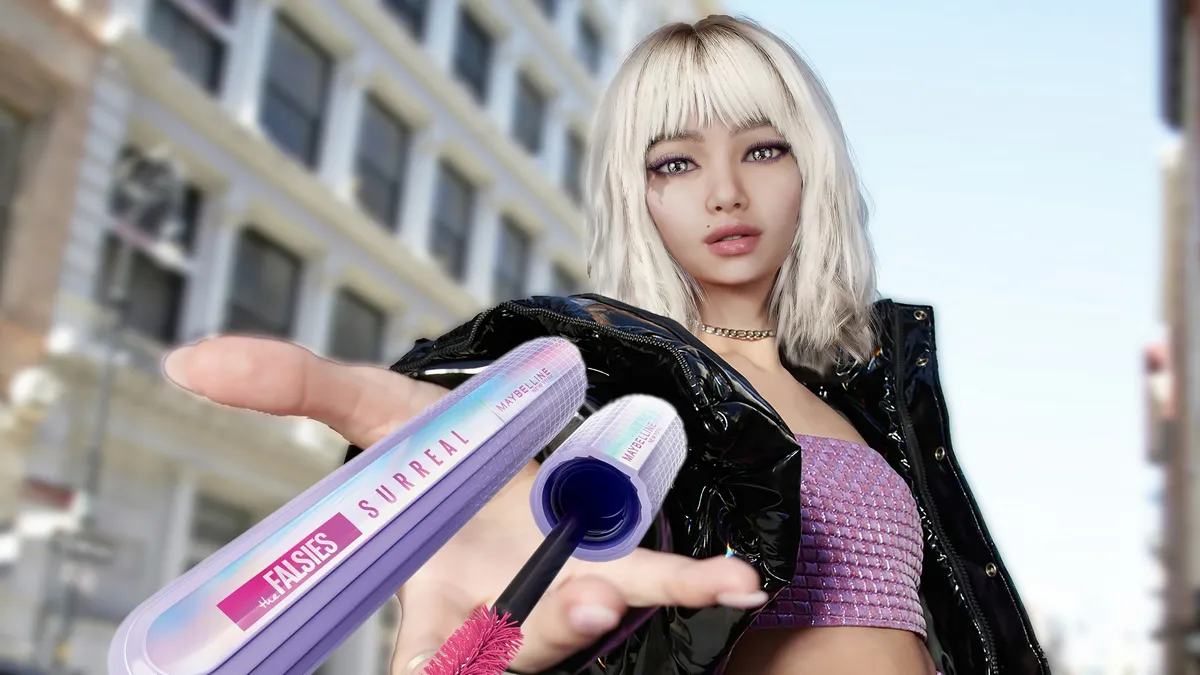When National Burrito Day rolls around each year, Chipotle frequently jumps on buzzy trends like the metaverse or cryptocurrency to dish out free food to hungry consumers. However, this year the brand took its strategy back to the basics, focusing efforts around Twitter for a candid giveaway inspired by its fans that delivered record-breaking success.
For the April 6 activation, Chipotle dispersed text-to-win codes on Twitter giving away 10,000 free burritos — plus an additional 500 codes to users as an added surprise — along with free delivery on $10 orders. While not its flashiest display, the effort now stands as Chipotle’s second largest digital sales day of all time and its highest one-day volume on social media of any activation ever, all while staying true to its longtime goal surrounding the holiday, according to Tressie Lieberman, vice president of digital marketing and off-premise for Chipotle.
“Our overarching strategy is to supercharge the super fans,” said Lieberman. “We believe our fans are different, they’re so passionate about the brand and we try to give them things that they want to talk about and share with their communities.”
Demand surrounding the effort soared, with each round of text codes dropped by Chipotle claimed in less than a minute, over 1 million SMS messages sent and over 150,000 social media messages from consumers asking for a free burrito. The latter is one of the top questions the brand receives on social media for the holiday each year, Lieberman said, which is what inspired the effort in hopes of making a lasting impression.
“Every year we try to do the unexpected and really shake things up,” she said. “This year, I think because we hadn’t tapped into this insight yet, it was very unexpected — people weren’t thinking that we would actually drop free Chipotle in that way, so we felt it was the right moment to make it happen.”
Additional marketing muscle came from a partnership with GrubHub the day prior to National Burrito Day to offer a total of 20,000 free burritos to consumers who placed a minimum $20 order on the app. To promote the offer, Chipotle partnered with social media mogul Alix Earle, currently the top-ranked influencer among teens, who shared the deal on TikTok. Demand for the giveaway was similarly felt, with all free burritos on the delivery app claimed in 12 hours.
Chipotle’s latest burrito celebration is more straightforward than some of its past efforts, which have called on flashy marketing trends. For example, the brand last year launched a Chipotle Burrito Builder experience on Roblox that divvied out free entree codes. In 2021, it capitalized on Bitcoin hype with a themed contest that awarded consumers with cryptocurrency and a total of $100,000 worth of free burritos.
Still, social media for Chipotle has become a tried-and-true avenue for connecting with consumers, and is also an asset for boosting its rewards program, which today has 33 million members. Notably, CEO Brian Niccol when discussing the company’s Q1 earnings pointed to a boost in loyalty members stemming from its new Freepotle rewards perk, an effort that launched in January to award members with free food drops throughout the year and was promoted with a TikTok and Instagram giveaway. The brand also recently unveiled a new menu concoction following its virality on TikTok.
For this National Burrito Day, the brand’s promotion helped to boost awareness and generated a massive amount of digital traffic, Lieberman said, which has a domino effect when it comes to loyalty enrollment. The effort also served as a reminder that marketing plays don’t need to be complex to be successful, and that listening remains a valuable tool.
“I think the best campaigns are simple,” Lieberman said. “It’s easy to play it back and for people to talk about and simple to understand. We always look at the lens of simplicity when we’re thinking about how a fan is going to talk about the promotion we’re running.”
Generating buzz
When deciding on Chipotle’s burrito day strategy, meeting consumers where they are through a community focused, shareable effort is a top priority, Lieberman said, and a key aspect of driving virality. Despite Twitter’s ongoing issues and broader advertiser pullback, Chipotle has continued to track high engagement rates within the app. However, festivities for the holiday weren’t designed with one specific platform in mind.
“Each platform has its own reason for being, and we think about the idea first, and then we choose the platform where it will work best,” Lieberman said.
For an activation revolving around live text code drops, Twitter logistically makes more sense compared to other platforms, like TikTok, which isn’t as adept at real-time engagement, the exec noted. Chipotle’s social listening team has also maintained a heavy presence on Twitter to reply to consumer questions and feedback, allowing the team to build a quick-to-reply muscle that was critical for such an effort.
Beyond the logistics, winning over consumers means thinking of marketing plays less as a hardcore sales tactic, and instead approaching it meaningfully through the perspective of the consumer, Lieberman said.
“It's an incredibly important part of how you need to connect with consumers today,” she said. “People don’t want to be talked at, they want to be seen and heard.”



